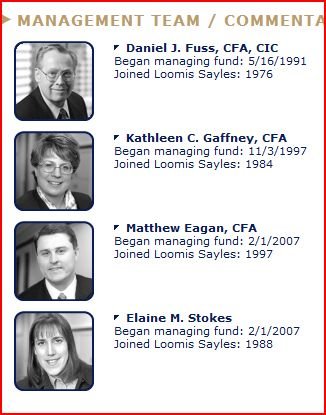Spending dividends/interest as an ER proxy for SWR may make sense,but spending dividends/interest and Capital Gains makes less sense, as the Cgains distributions are really fairly random, and a function largely of the trading strategies of the mutual fund over the course of a bull market and not much else.
Also, all the SWR studies assume all those capital gains stay invested, so spending them along with dividends is not really as bullteproof as it might seem in terms of preserving a spending standard of living over the long haul from your assets. I'm guessing those who use this approach know all this, but I wouldn't want others to be lured into some sort of new approach to spending money in ER.
Anyway, this approach will give a lot less to spend this year or next year, if current market conditions continue. I suspect few capital gains distributions from funds over the next few years as a result of all the losses in stock indexes. Of course all that could change by year-end.
True, Although it's interesting to see that a combination of Wellsi/Welltn results in more uniform distributions than with a lot of other funds. From a practical standpoint, I take the dividends+ CG from my taxable funds only since I'm already paying taxes on those distributions and that's what I live on. My dividends and CG in my retirement funds are reinvested and I don't intend in drawing those out until needed (or RD for my IRA). (Incidentally, my overall withdrawal rate when looking at the pot of both taxable and tax deferred investments is 3.5% Like I said I like to sleep soundly at night)
I see no point on being taxed on my dividend and CG for my taxable funds, reinvesting my CG and then being taxed again on whatever distribution on top of dividends I need to live on. That makes absolutely no sense to me.
Looking at Wellsi/Welltn only the distributions for 2000 - 2007 were as follows
2000 div 4.7% CG 4%
2001 div 4.2% CG 4.2%
2002 div 3.8 %
2003 div 4.3%
2004 div 3.5% CG 1.7%
2005 div 3.9% CG 2.8%
2006 div 3.8% CG 3.9%
2007 div 3.8% CG 2.9%
(all of the above based on $ at the beginning of the year)
Obviously, from the numbers listed above if the desired annual withdrawal rate is say between 4-5 % most of that would come from the dividend portion and only some of the CG would be needed in some years assuming the entire pot is Wellsi/Welltn and its large enough to support one's income requirements.
As indicated at the start of the thread, I now wish all of my money had gone into a 50/50 Wellsi/Welltn pot instead of the 15 different funds I'm now wrestling with

